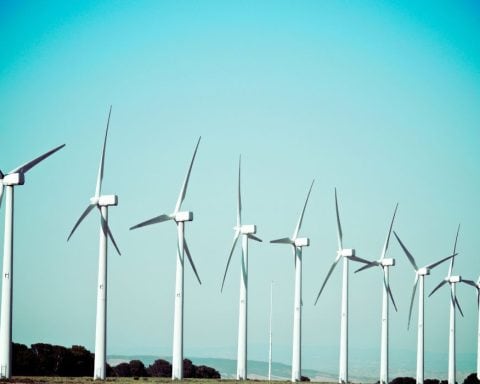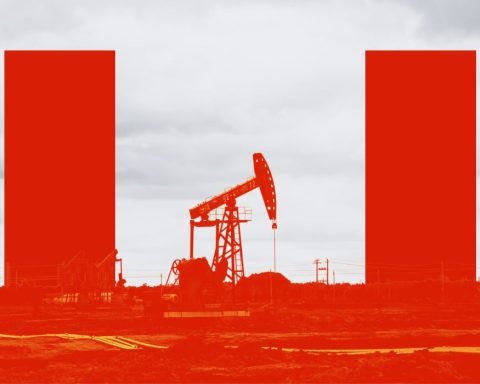Clean energy technologies and infrastructure are likely to receive twice as much global investment this year as fossil fuels, but countries still aren’t on track to fund the tripling of renewable energy capacity they agreed to at last year’s COP28 climate summit, the International Energy Agency concludes in a pair of reports issued this week.
“Total energy investment worldwide is expected to exceed US$3 trillion in 2024 for the first time, with some $2 trillion set to go toward clean technologies—including renewables, electric vehicles, nuclear power, grids, storage, low-emission fuels, efficiency improvements, and heat pumps,” the IEA writes in a summary of its 2024 World Energy Investment report.
But while countries “have the tools to step up” on renewable energy deployment as they update their Nationally Determined Contributions (NDCs) under the 2015 Paris climate agreement, their plans to accelerate renewable energy adoption aren’t yet on track to meet the 2030 goal they adopted at COP28, the Paris-based agency warns in a separate release.
In last year’s World Energy Investment report, IEA Executive Director Fatih Birol saw clean energy investment “pulling away from fossil fuels,” receiving $1.7 trillion over the year compared to $1 trillion to oil, gas, and coal. “While fossil fuel investment falls behind cleaner alternatives, it’s still set to reach the highest level since before the pandemic,” Bloomberg Green reported at the time. “That would have to start falling sharply this decade to be in line with the IEA’s scenario that would see the planet reach net-zero emissions by the middle of the century.”
This year, “clean energy investment is setting new records even in challenging economic conditions, highlighting the momentum behind the new global energy economy,” Birol said in a release. “The rise in clean energy spending is underpinned by strong economics, by continued cost reductions, and by considerations of energy security. But there is a strong element of industrial policy, too, as major economies compete for advantage in new clean energy supply chains.”
But the IEA also pointed to “major imbalances and shortfalls” in clean energy investment, particularly in developing countries that are receiving only 15% of the global total.
“More must be done to ensure that investment reaches the places where it is needed most, in particular the developing economies where access to affordable, sustainable, and secure energy is severely lacking today,” Birol declared.
The report shows China again accounting for the largest share of global clean energy investment, at $675 billion, followed by the European Union at $370 billion and the United States at $315 billion. Global investment in oil and gas exploration and extraction will rise 7%, to $570 billion, with most of the growth coming from state-owned fossil companies in the Middle East and Asia.
“The report finds that oil and gas investment in 2024 is broadly aligned with the demand levels implied in 2030 by today’s policy settings, but far higher than projected in scenarios that hit national or global climate goals,” the IEA says.
In 2023, the agency adds, oil and gas companies invested $30 billion in clean energy in 2023, just 4% of their total capital spending.
The IEA’s report on national commitments suggests a gap between what countries are doing on renewable energy deployment and what they’ve promised to date in their NDCs. “Governments’ domestic ambitions go much further, corresponding to almost 8,000 gigawatts of global installed renewable capacity by 2030.”
If countries incorporate those plans and estimates in the new NDCs that are due next year, it will bring them 70% of the way to meeting their 2030 target of 11,000 GW.
“This report makes clear that the tripling target is ambitious but achievable—though only if governments quickly turn promises into plans of action,” Birol said. “By delivering on the goals agreed at COP28—including tripling renewables and doubling energy efficiency improvements by 2030— countries worldwide have a major opportunity to accelerate progress towards a more secure, affordable, and sustainable energy system.”
This article was first published by The Energy Mix. Read the original story here.





